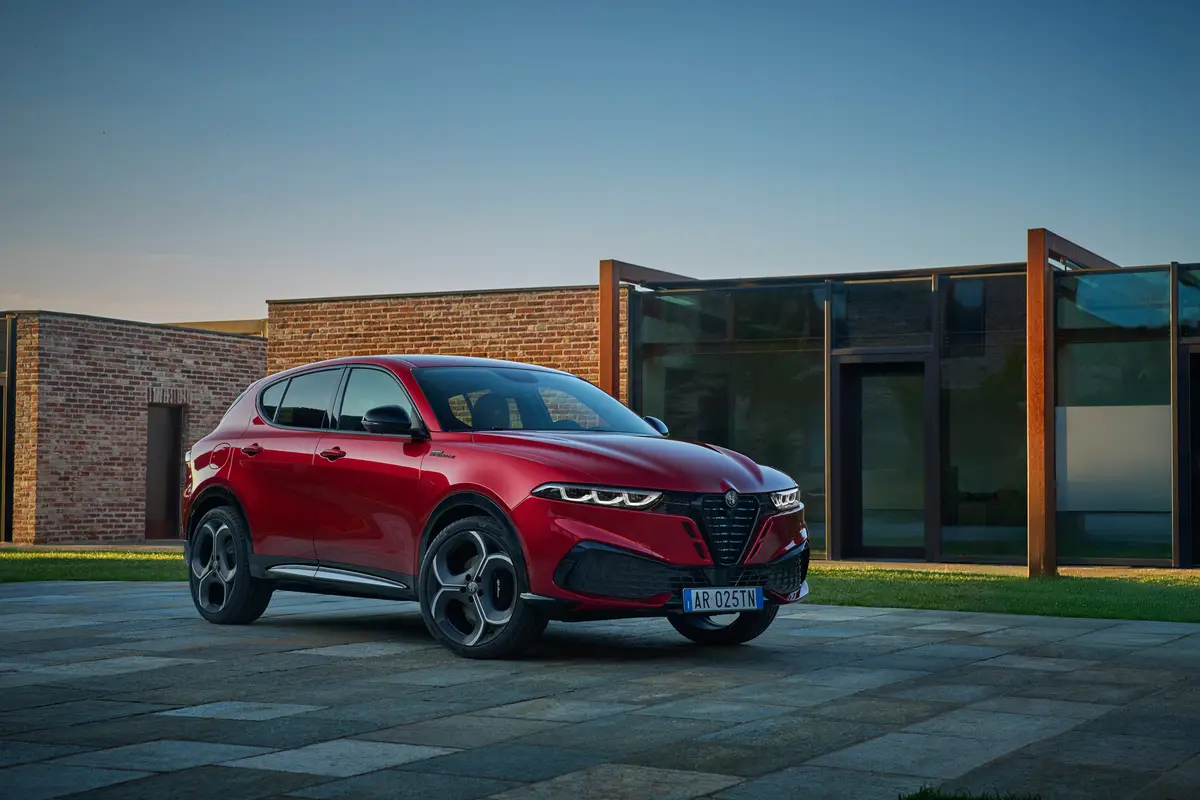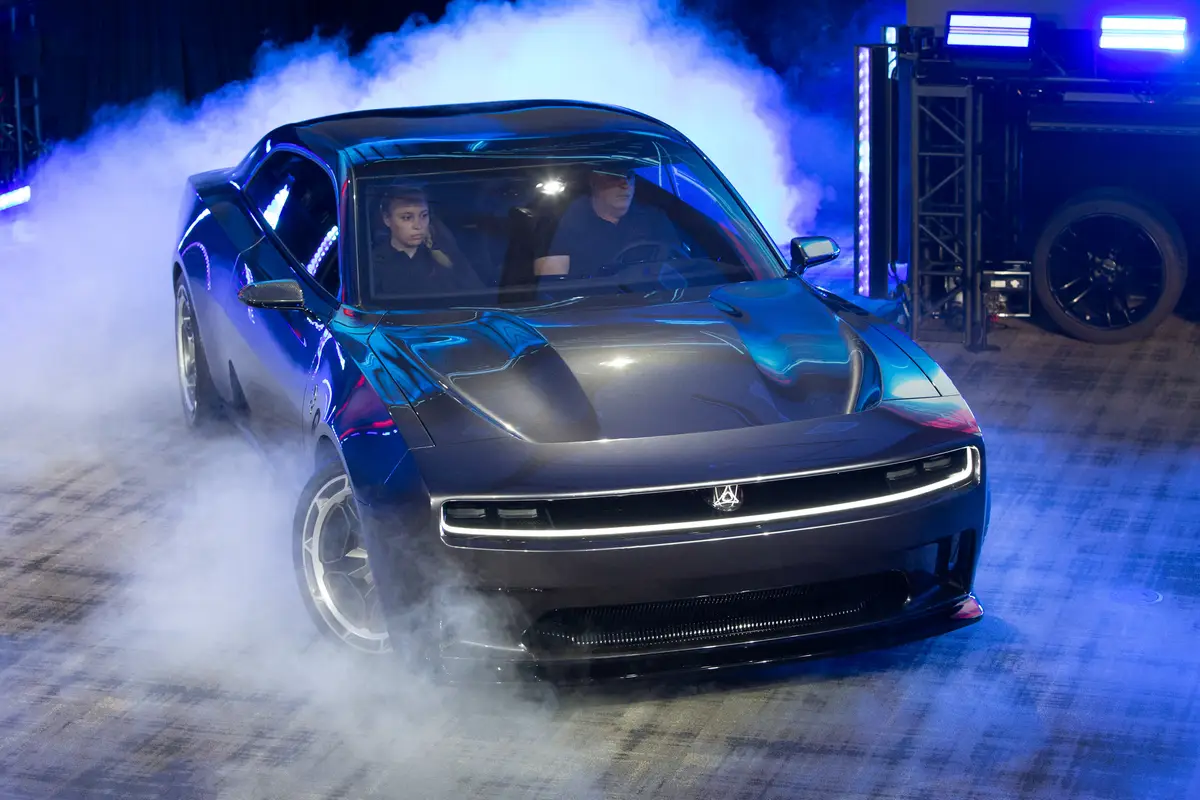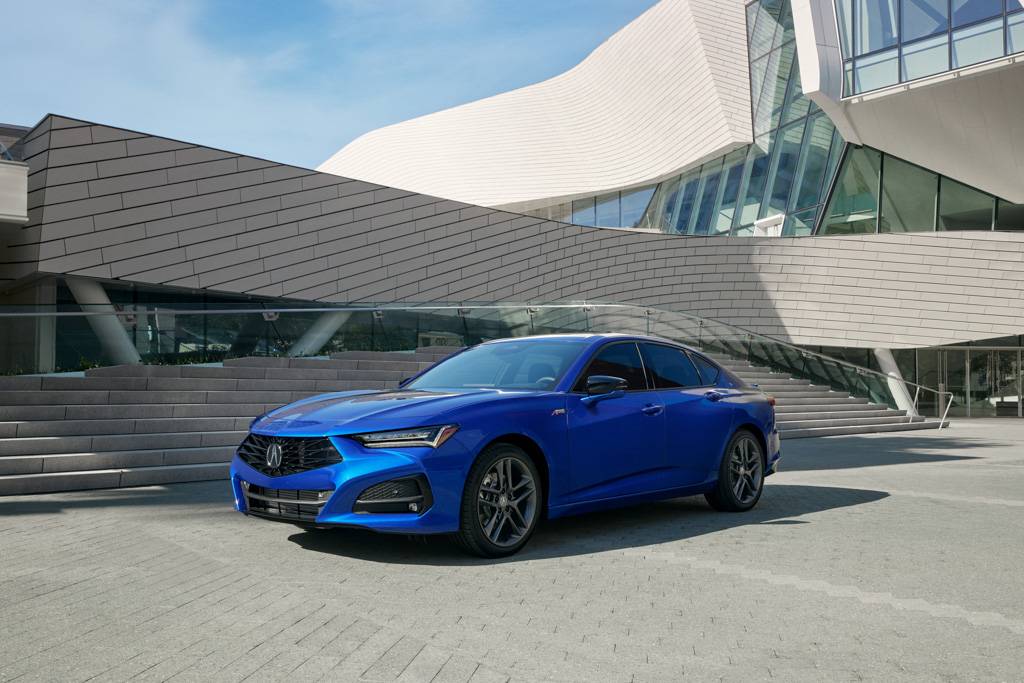washingtonpost.com's view
I thought I was coming to paradise. I landed in hell. At least the land around Kona International Airport here reminded me of hell. It was hot, ashen — a seemingly endless landscape of barren, black volcanic rock. I wanted to go home, but I figured that Hawaii had to be hiding somewhere beneath the ugliness.
I was right. With 12 distinct climate zones, this biggest of the Hawaiian islands is a study in contrasts — moonscapes and pristine beaches to the west, rain forests in the east, active and dormant volcanoes, and arctic tundra. It is at once disconcerting and harmonious — the perfect place to launch a car with a similarly contradictory character, the 2002 Mazda Protegé5.
The Protegé5 is a station wagon masquerading as a sports car, a family hauler that is just as likely to see duty on local racetracks, an environmentally friendly car that, when equipped with Kenwood’s MP3 sound system, can cause more noise pollution than a riot.
It is the latest addition to a growing arsenal of weapons in a renewed small-car war, where there is as much emphasis on vehicle performance and handling as there is on fuel economy, emissions control and affordability.
The Protegé5’s chief rivals are beefed-up versions of the Honda Civic and Nissan Sentra compacts, and a duo of steroidal small cars, the Subaru WRX and Mitsubishi Lancer.
All are aimed at young buyers who want small cars that can deliver maximum thrill with minimum penalty.
Many of those buyers are flocking to Hyundai and are declaring allegiance to Kia and Daewoo. Japanese automakers have concluded that consumers of those South Korean cars are getting more incentives than inspiration, which means the Koreans are missing an opportunity for profits.
Inspiration leads to lucrative aftermarket purchases — cosmetic and mechanical add-ons designed to enhance a car’s appearance and performance. It’s a multibillion-dollar business that caters to the “tuners,” people who buy seemingly common cars only to turn them into hot rods.
The Japanese strategy, thus, is simple: Load a small car with horsepower. Add technology to use that horsepower without using much fuel, or increasing emissions. Put it in a snazzy body with attractive wheels. Add a bodacious sound system. Leave lots of room for optional extras, which should appeal to the tuner crowd. Charge an affordable selling price, and hope that the aftermarket lust for options increases your revenue stream.
The new Protegé5 wagon, along with its sibling Protegé sedan and prepackaged Protegé MP3 hot rod, fits that strategy perfectly. The Protegé5’s station-wagon soul is housed in sports-car garb — sleek nose, fastback styling, black-on-white instrumentation and body cladding designed to give it a low-rider’s stance.
The styling ruse, however, is supported by genuine performance. I drove the Protegé5 all over this volcanic island’s 93 square miles. It ran nicely along the island’s curves. It took sharp turns with complete confidence and composure — absolutely no evidence of body sway. The car was tight. It was devoid of shakes, rattles and other errant noises.
But the Protegé5’s relative low weight of 2,716 pounds proved a disadvantage in Kona’s frequent high winds. It was pushed about. And it encountered breathing problems at the island’s higher elevations, where it experienced a discernible loss of power.
Mostly, though, the little car was a hoot. It made a favorable impression among young people here. It should capture a decent share of the small-car market on the mainland.
Latest news



